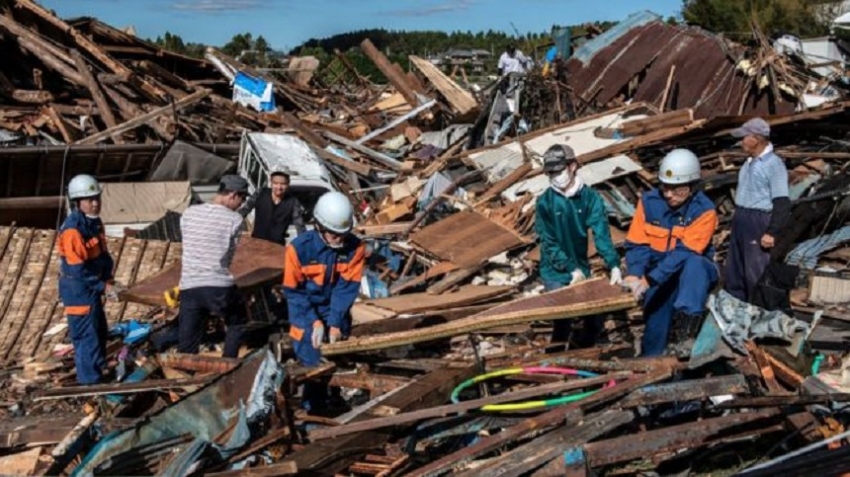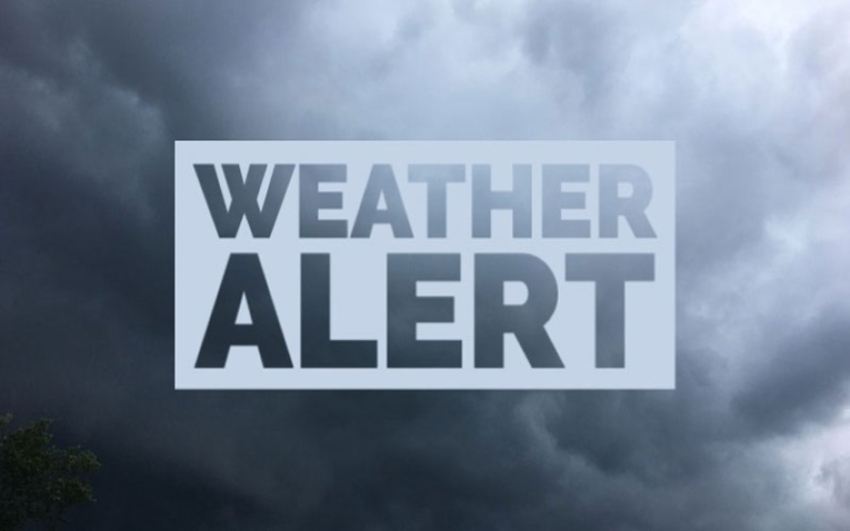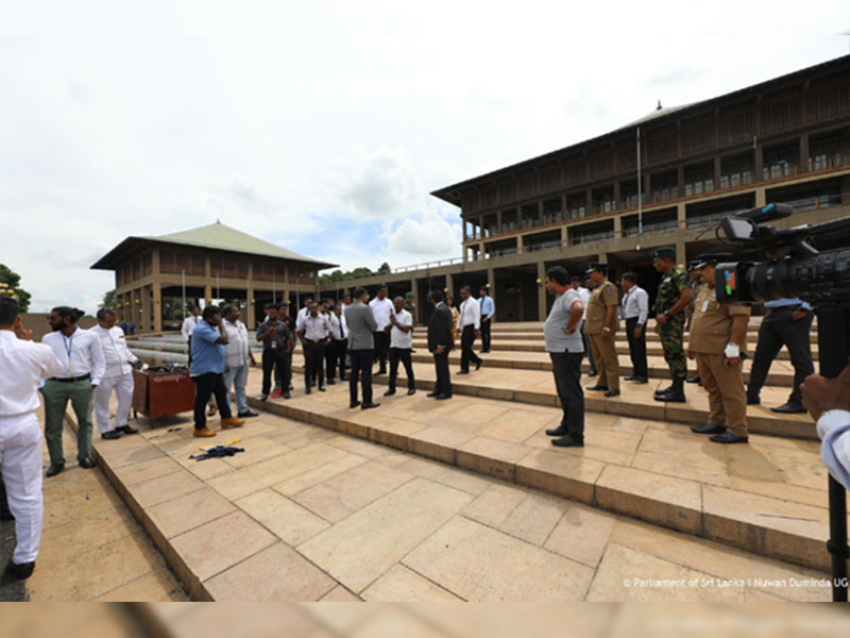Typhoon Hagibis was the worst storm to hit the country in decades More than 110,000 people are taking part in search and rescue operations after Typhoon Hagibis struck Japan on Saturday.The typhoon - the worst storm to hit the country in decades - has left at least 40 dead, with 16 missing.Typhoon Hagibis also caused the cancellation of three Rugby World Cup matches but a key match between Japan and Scotland went ahead. Japan won 28-21 to reach the quarter-finals for the first time.Afterwards, national team coach Jamie Joseph paid tribute to those affected."Everyone who is suffering with the typhoon, this game was all for you guys. The crowd was massive for us, and today was more than just a game," he said.
The typhoon has weakened and moved away from land but has left a trail of destruction.Thousands of police officers, firefighters, coastguards and military are working to reach those trapped by landslides and floods.The typhoon battered eight prefectures across Japan, with wind speeds of up to 225km/h (140mph).In the central prefecture of Nagano, group of rescuers wearing snorkels and goggles began searching for survivors in waist-high water.The rescuers were decked out in snorkels A train depot in Nagano was also flooded, causing 10 high-speed ("bullet") trains to be submerged. Each train has been valued at $30m (£23m).The Prime Minister's Office of Japan said the rescuers would focus on "houses isolated by floods... and search for those unaccounted for".
An extraordinary flood control system Japan. One is that Tokyo took a direct hit from the biggest storm in half a century, and survived pretty much unscathed.That is a testament to Tokyo's extraordinary flood control system - an elaborate underground system of pipes big enough to fit an airliner through - which cost billions of dollars to build.The second is the extent of the destruction - stretching right across Honshu, from Mie prefecture in the west, to Iwate in the north - an area equivalent to the whole of the United Kingdom.Flooding has been worst in Nagano prefecture, an area deep in the mountains, more used to worrying about snow.Typhoon Hagibis was not only exceptionally large, it came very late in the season. Japan's typhoon season used to last from July to September.But it is getting longer, and the storms are getting bigger. A study published in 2015 found that since the late 1970s typhoons hitting the coastlines of east Asia had become around 15% stronger, and the number of super typhoons had doubled.Japan has probably the best flood defences of any country in Asia, if not the world. Tokyo's flood system is designed to withstand a once-in-a-hundred-years event.
But the rest of Japan - and other mega cities like Shanghai and Manila - are not nearly so well prepared.Around 92,000 households remain without power - down from 262,000 households on Sunday - with 120,000 experiencing water outages.More than seven million people were urged to leave their homes at the peak of the storm, but it is thought only 50,000 stayed in shelters.The capital Tokyo was left relatively unscathed but other cities and towns across the country were inundated by water.
Japan deploys military rescuers as deadly storm hits
Japan has deployed tens of thousands of troops and rescue workers after one of the strongest storms in years hit, killing at least 23 people.Typhoon Hagibis made landfall south of Tokyo on Saturday, moving north and bringing severe flooding.Seventeen people are missing from the storm, public broadcaster NHK said.In central Nagano prefecture, water surrounded Japan's famous bullet trains while helicopters plucked stranded residents from rooftops.A total of 27,000 military troops and other rescue crews have been deployed in relief operations, authorities said.The government will do its utmost," Prime Minister Shinzo Abe said, promising to deploy more troops if needed.
Nearly 150,000 homes in the greater Tokyo area are without power with running water also hit. Train and flight services cancelled under the threat of Hagibis are resuming.Many of the deaths came as people were buried in landslides or swept away by flood waters.One woman in her 70s died after accidentally being dropped while being moved by a rescue helicopter, AP reported, citing fire officials.Some areas of Japan saw up to 40% of their average rainfall in just a few days.In the town of Hakone near Mount Fuji more than 1m (3ft) of rain fell on Friday and Saturday, the highest total ever recorded in Japan over 48 hours.Media captionMore than seven million people were urged to leave their homesThe rain also hit farming with fields and warehouses inundated."We never had a flood like this before," one farmer, in Higashi Matsuyama city, northwest of Tokyo, told AFP.
The storm led to some Rugby World Cup matches being cancelled but a key fixture between Japan and Scotland will go ahead on Sunday.Qualifying for Japan's Formula One Grand Prix was also disrupted but the race went ahead and was won by Valtteri Bottas.As the huge storm approached, more than seven million people were urged to leave their homes but it is thought only 50,000 stayed in shelters.Only last month Typhoon Faxai wreaked havoc on parts of Japan, damaging 30,000 homes, most of which have not yet been repaired.Bullet trains were half submerged in Nagano, central Japan




















